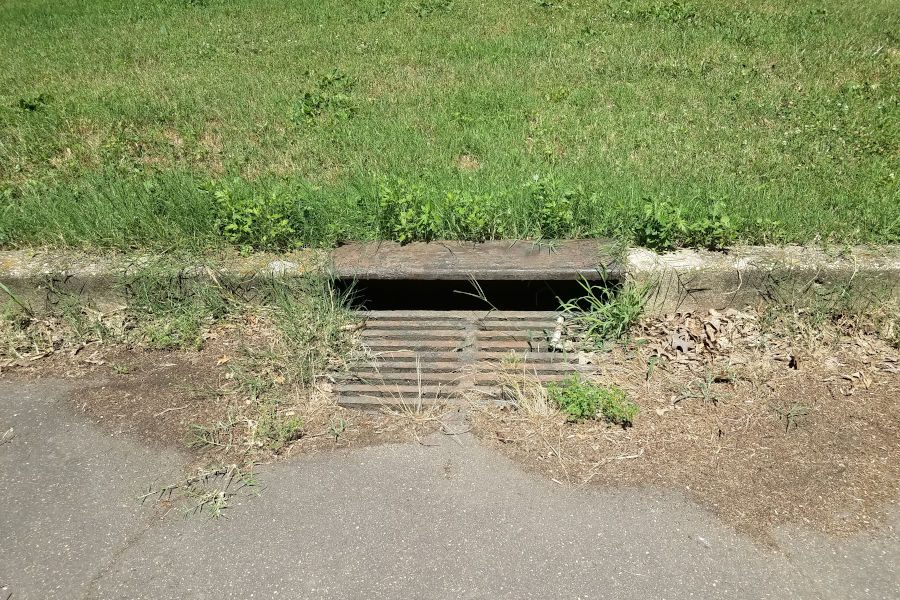During the winter season, there is an excess of rain and snow. This is especially true in the beautiful state of Washington. When rainwater and melted snow runoff into streets, lawns, and other areas around a city, it can cause issues with storm drains. Additionally, a large amount of storm water can lead to unwanted pollutants like bacteria, chemicals, eroded soil, and other debris flowing into rivers, lakes, and other bodies of water. Because of this, it’s wise to prepare for storm water management during winter.
Luckily there are several ways to prevent a massive runoff of storm water.
Preparing For Storm Water Management
Storm drains are essential for storm water management. They help to collect excess water left after a storm and prevent it from causing flooding in your area. Storm drains also collect trash and other debris, which keeps harmful toxins from entering the city’s water supply. When a storm drain begins to overflow or emit a strange odor, it may be time to have it professionally cleaned. The team at All Septic & Sewer is ready to help you with any storm drain cleaning needs!
In addition to getting help from professional storm water management specialists like All Septic & Sewer, homeowners can take precautions to prevent any issues. One way to avoid excess storm water runoff is by planting trees. Leaves found on trees can absorb rain and help water to seep into the soil slowly. Also, a tree’s roots hold onto the ground so it can’t flow into a body of water.
Another way to slow down the flow of storm water is by keeping a lawn at least four inches high, which prevents the growth of weeds and better absorbs storm water — having walkways and driveways made of porous asphalt slow down the heavy flow of storm water.
A Rain Garden Is Beneficial For Storm Water Management
A great way to minimize a large amount of storm water around your home is to build a rain garden. This type of garden is made in a small depression at the end of a slope. Plants like perennials, flowers, and native shrubs are planted there to catch an excess of storm water and soak it in.
A rain garden can remove up to 80 percent of sediments and 90 percent of chemicals and nutrients from storm water. Rain gardens typically drain between 12 and 48 hours, so there’s no risk of attracting mosquitoes. Not only do rain gardens slow down storm water and filter out pollution, but they also protect rivers and streams as well as provide an excellent environment for birds and butterflies.
All Septic & Sewer Can Help With Storm Water Management
For more help with keeping your storm water management in check, reach out to the professionals at All Septic & Sewer! You can give us a call at (888) 541-6680, as well as follow us on Facebook. We are dedicated to providing quality septic, sewer, and storm drain services to Washington state’s King, Pierce, and Thurston counties.



